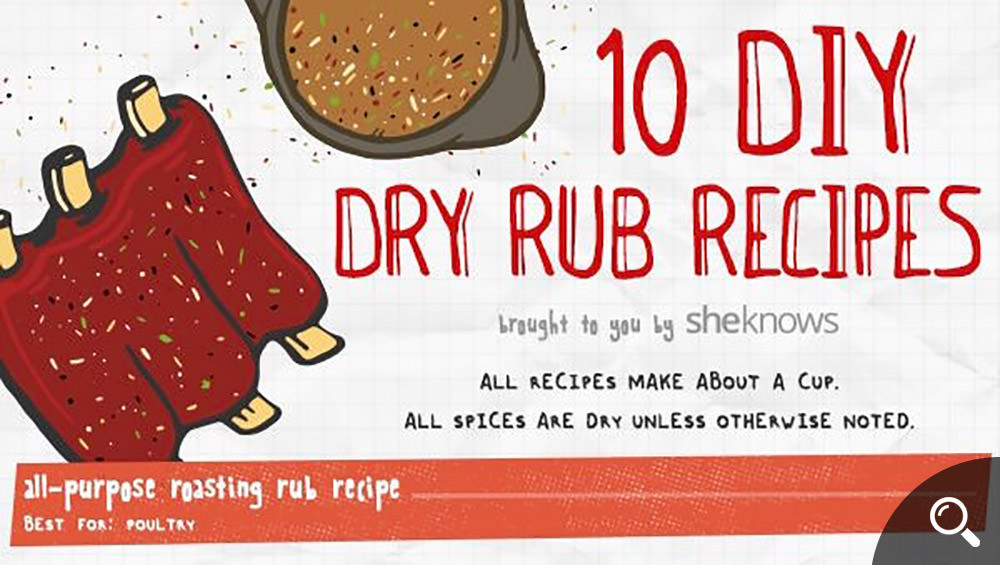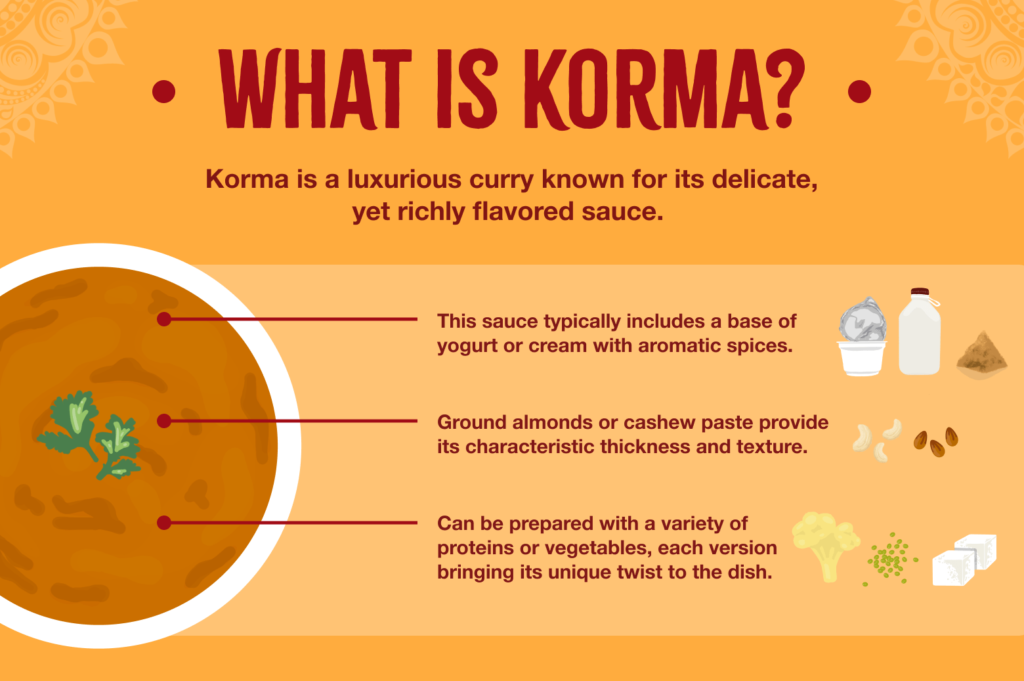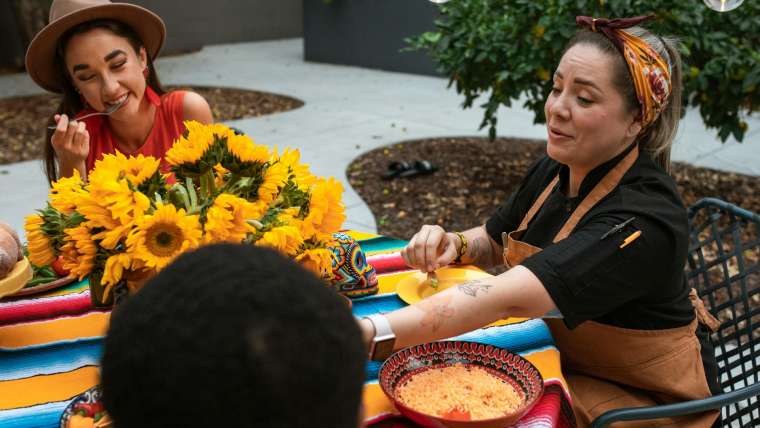Unleash your inner chef and conquer classic dishes! Discover essential tips and tricks for mastering timeless recipes with ease.
Table of Contents
- Introduction to Classic Dishes
- What Makes a Dish Classic?
- Essential Tools for Beginners
- Finding Easy-to-Follow Recipes
- Recipe 101: Understanding the Basics
- Step By Step: Making Your First Classic Dish
- Tips and Tricks for Perfect Classics
- Troubleshooting Common Cooking Mistakes
- More Than Just Recipes: Enjoying the Adventure
- Building Your Confidence in the Kitchen
- Summary of Your Culinary Journey
- Frequently Asked Questions (FAQs)
Introduction to Classic Dishes
Welcome budding chefs! Get ready to start an exciting culinary adventure by mastering some of the most comforting and classic dishes ever made. They are not only delicious but also great fun to make.
What Makes a Dish Classic?
Have you ever wondered why some dishes are considered classics? Let’s dive into what sets these comforting classics apart from the rest and explore why they have stood the test of time.
History in the Kitchen
Classic dishes often have fascinating stories behind them. From traditional family recipes passed down through generations to famous dishes created by renowned chefs, each one has a unique history that adds to its charm and appeal.
Key Features of Classics
So, what exactly makes a dish a classic? One key aspect is the simplicity of the ingredients used. Classic dishes are typically made with basic, wholesome ingredients that come together to create a warm and inviting meal that soothes the soul. Additionally, classic dishes often have a comforting quality that makes them a go-to choice for many people looking for a delicious and satisfying meal.
Essential Tools for Beginners
Before we dive into cooking, let’s chat about the tools you’ll need in your kitchen to make the magic work.

Image courtesy of www.pinterest.com via Google Images
Choosing the Right Equipment
As a beginner chef, having the right tools in your kitchen will make your cooking experience much smoother and enjoyable. Here are some essential tools that every beginner should have:
A good set of knives: Invest in a basic set of knives including a chef’s knife, a paring knife, and a serrated knife. These will cover most of your cutting needs while preparing classic dishes.
Cutting boards: Having different cutting boards for meat, vegetables, and fruits can prevent cross-contamination and keep your kitchen clean and safe.
Measuring cups and spoons: Accurate measurements are crucial in cooking, so having measuring cups and spoons will help you follow recipes correctly.
Mixing bowls: A set of mixing bowls in various sizes is essential for mixing ingredients, marinating meat, or preparing dressings and sauces.
Cookware: Invest in a good quality skillet, saucepan, and baking sheet. These versatile pieces of cookware will allow you to sauté, boil, bake, and roast a wide variety of dishes.
Utensils: Make sure to have wooden spoons, spatulas, tongs, and a whisk in your kitchen arsenal. These tools are essential for stirring, flipping, tossing, and whisking ingredients while cooking.
Other handy tools: Don’t forget about a good-quality cutting board, kitchen shears, a digital kitchen scale, and a food thermometer. These tools will help you streamline your cooking process and ensure that your dishes turn out perfectly.
With these essential tools in your kitchen, you’ll be well-equipped to embark on your culinary adventure and start mastering classic dishes with ease.
Finding Easy-to-Follow Recipes
Not all recipes are as easy as 1, 2, 3. Let’s find out where to discover recipes that you can follow without a hiccup.
Recipe Websites for Beginners
When you’re just starting your culinary journey, it’s essential to find recipes that are simple, straightforward, and easy to follow. Luckily, there are numerous websites and books dedicated to helping beginners like you master classic dishes.
One great resource for beginner-friendly recipes is [insert name of comprehensive recipe site]. This website is known for its clear instructions, step-by-step guides, and a wide range of classic dishes to choose from. It’s a fantastic starting point for anyone looking to explore the world of cooking.
Another excellent option is to look for beginner cookbook collections at your local library or bookstore. These books are specifically curated for those who are new to the kitchen and provide detailed explanations and helpful tips to ensure your dishes turn out perfectly every time.
By utilizing these resources, you’ll have access to a treasure trove of easy-to-follow recipes that will allow you to hone your cooking skills and create delicious meals with confidence. Remember, practice makes perfect, so don’t be afraid to experiment and have fun in the kitchen!
Recipe 101: Understanding the Basics
Let’s break down what recipes are and what you need to pay attention to. We’ll cover things like measurements, temperatures, and steps.

Image courtesy of www.hongkiat.com via Google Images
What is a Recipe?
Think of a recipe as a set of instructions that guide you on how to make a delicious dish. It’s like a roadmap that tells you exactly what ingredients you need and what steps to follow to create a meal.
Key Components of a Recipe
When you look at a recipe, you’ll notice different parts that are essential for you to understand:
- Ingredients: These are the items you need to make the dish. Make sure to gather all the ingredients before you start cooking.
- Measurements: Pay attention to how much of each ingredient you need. They are usually listed in units like cups, tablespoons, or grams.
- Steps: Recipes are divided into steps that you need to follow in order. Pay close attention to each step to ensure your dish turns out just right.
- Temperatures: Some recipes require you to cook your dish at a specific temperature. Make sure your oven or stove is set to the right heat.
By understanding these basic components, you’ll be well-prepared to tackle any recipe that comes your way. Remember, practice makes perfect, so don’t be afraid to give new recipes a try!
Step By Step: Making Your First Classic Dish
Before you start cooking, it’s essential to gather and prepare all your ingredients. This step is called mise en place, which is a French term that means “putting in place.” Make sure you have all the ingredients listed in the recipe and measure them out carefully. Chop your vegetables, preheat your oven, and have all your tools ready to go.
The Cooking Process
Once you have everything ready, it’s time to start cooking! Follow the recipe step by step, taking your time to ensure each stage is done correctly. Pay attention to details like cooking times and temperatures. Use a timer to keep track of how long things have been cooking to prevent burning or undercooking. Taste your dish along the way and adjust the seasonings if needed. Enjoy the process and learn from every step you take!
Tips and Tricks for Perfect Classics
Every chef has a few tricks up their sleeve. Here’s a list of tips that can help you make your dishes even better.

Image courtesy of www.pinterest.com via Google Images
Seasoning Is Key
Don’t be afraid to use a generous amount of salt and pepper to enhance the flavors of your classic dishes. Remember, seasoning is what makes the difference between a dish that tastes okay and one that tastes amazing.
Fresh Ingredients Matter
When cooking classic dishes, always try to use the freshest ingredients possible. Fresh herbs, vegetables, and meats can make a world of difference in the final taste of your dish.
Follow the Recipe, But Trust Your Instincts
While it’s important to follow the recipe closely, don’t be afraid to make small tweaks based on your own tastes. If you think a little extra garlic or a splash of lemon juice would improve the dish, go for it!
Patience Is a Virtue
Classic dishes often require slow cooking or marinating to develop their full flavor potential. Be patient and give your dish the time it needs to reach its delicious peak.
Presentation Matters
Don’t forget about the presentation of your dish. A beautifully plated meal not only looks more appetizing but also enhances the dining experience.
Troubleshooting Common Cooking Mistakes
Oops! If something goes wrong in the kitchen, don’t worry. Everyone makes mistakes, especially beginners. Let’s learn how to fix some common cooking blunders so you can get back on track and continue creating delicious dishes.
Overcooking or Burning Your Dish
If you find that your dish is starting to burn or overcook, don’t panic. One simple trick is to turn down the heat and stir the dish more frequently. This will help distribute the heat evenly and prevent burning.
Seasoning Mistakes
Have you accidentally oversalted your dish? Don’t worry, it happens to the best of us. To fix this, you can try diluting the saltiness by adding a little more of the other ingredients, like broth or vegetables. For dishes that are too bland, try adding some fresh herbs or a splash of citrus juice to enhance the flavor.
| Dish | Ingredients | Preparation |
|---|---|---|
| Spaghetti Carbonara | Pasta, eggs, bacon, Parmesan cheese, black pepper | Cook pasta, fry bacon, mix eggs with cheese and pepper, combine everything |
| Beef Bourguignon | Beef, red wine, onions, carrots, garlic, mushrooms, beef broth | Sear beef, sauté vegetables, deglaze with wine, braise in oven |
| Chicken Alfredo | Chicken, fettuccine, heavy cream, Parmesan cheese, butter | Cook chicken, make sauce with cream, cheese, and butter, mix with pasta |
Undercooking Your Dish
If you realize that your dish is undercooked, it’s not too late to salvage it. Simply cover the dish and let it cook for a little longer until the ingredients are fully cooked through. Remember to check the cooking times in your recipe next time to avoid this mistake.
Food Texture Issues
Is your dish turning out to be too mushy or too crunchy? To fix this, adjust the cooking time accordingly. If it’s too mushy, cook it for a bit longer to evaporate excess moisture. If it’s too crunchy, add a bit of liquid and continue cooking until the desired texture is achieved.
Remember, mistakes are a part of the learning process in the kitchen. The more you practice and experiment, the better you’ll become at troubleshooting and perfecting your dishes. Don’t be afraid to try new things and have fun along the way!
More Than Just Recipes: Enjoying the Adventure
Learning to cook isn’t just about following a recipe—it’s about having fun and enjoying the ride. Cooking can be an exciting adventure where you get to explore new flavors, unleash your creativity, and share delicious meals with your loved ones. So, put on your apron and get ready to make some tasty memories!

Image courtesy of www.hongkiat.com via Google Images
Building Your Confidence in the Kitchen
The kitchen can sometimes feel like a big, mysterious place filled with pots, pans, and ingredients you might not be familiar with. But fear not, young chef! Building your confidence in the kitchen is all about taking small steps and practicing until you feel like a pro. Here are some tips to get you on your way to becoming a kitchen master.
Start Small and Simple
When you’re just beginning your cooking journey, it’s important to start with easy recipes that don’t require too many ingredients or complicated techniques. Choose recipes that sound delicious but are also manageable for your skill level. As you become more comfortable in the kitchen, you can challenge yourself with more complex dishes.
Practice Makes Perfect
Just like anything else, cooking gets easier the more you do it. Don’t be discouraged if your first attempts aren’t perfect – that’s all part of the learning process! Keep practicing, and soon you’ll find that you’ve mastered the art of making your favorite dishes.
Don’t Be Afraid to Experiment
One of the best ways to build confidence in the kitchen is to try new things and experiment with different flavors and ingredients. Don’t be afraid to put your own spin on a classic recipe or try something completely new. Who knows, you might discover a new favorite dish!
Ask for Help When You Need It
Everyone needs a little help now and then, especially when they’re just starting out. If you have questions about a recipe or you’re not sure how to do something, don’t be afraid to ask for help. Whether it’s from a parent, a friend, or even the internet, there’s always someone who can offer guidance.
Summary of Your Culinary Journey
Throughout your exciting culinary adventure mastering classic dishes, you have delved into the world of comforting classics and learned what makes these dishes timeless. By understanding the history behind them and identifying key features that make them so beloved, you have gained valuable insights into the art of cooking.

Image courtesy of sukhis.com via Google Images
Essential Tools for Beginners
Equipped with the knowledge of the essential tools every beginner needs in their kitchen, you are ready to step into the realm of classic dishes with confidence. Choosing the right equipment is the first step towards creating mouth-watering masterpieces.
Finding Easy-to-Follow Recipes
Discovering where to find easy-to-follow recipes is crucial in your culinary journey. By exploring top recipe websites and books, you have access to a wealth of resources that will guide you in creating delicious dishes without any confusion.
Recipe 101: Understanding the Basics
Breaking down the basics of recipes, from measurements to temperatures and steps, has provided you with a solid foundation for creating classic dishes. With a clear understanding of how recipes work, you can now embark on your cooking adventures with ease.
Step By Step: Making Your First Classic Dish
Preparing your ingredients with mise en place and understanding the cooking process step by step are essential skills you have mastered. By following the detailed instructions, you have learned how to create your first classic dish with precision.
Tips and Tricks for Perfect Classics
With a repertoire of tips and tricks at your disposal, you have the tools to elevate your dishes to the next level. These invaluable nuggets of wisdom will help you perfect your classic recipes and impress your family and friends with your culinary prowess.
Troubleshooting Common Cooking Mistakes
Don’t fret if you encounter common cooking mistakes along the way. By learning how to troubleshoot these issues, you can overcome any hurdles that come your way and continue honing your cooking skills with confidence.
More Than Just Recipes: Enjoying the Adventure
Cooking is not just about following recipes—it’s about experiencing the joy and satisfaction that comes from creating delicious meals. As you savor the fruits of your labor, remember to enjoy the adventure and make lasting memories in the kitchen.
Building Your Confidence in the Kitchen
As you continue to practice and experiment with classic dishes, your confidence in the kitchen will grow. By embracing the opportunities to cook every day, you will sharpen your skills and become a master of classic dishes in no time.
Frequently Asked Questions (FAQs)
Got more questions on your mind? Check out these answers to some common questions beginner cooks have.
How Do I Know When My Dish Is Done?
Wondering how to tell if your dish is cooked perfectly? One way to check is by using your senses. Look at the color and texture of the food. Does it look and feel like it’s done? Next, give it a sniff – does it smell delicious? Finally, if needed, use a food thermometer to check the internal temperature. When it reaches the recommended temperature for your dish, you’re good to go!
What Are Some Easy Classic Dishes to Start With?
If you’re just starting out on your culinary journey, some simple classic dishes can be great introductory recipes. Consider trying dishes like spaghetti with marinara sauce, grilled cheese sandwiches, or homemade macaroni and cheese. These recipes are easy to follow and are sure to bring a smile to your face.





